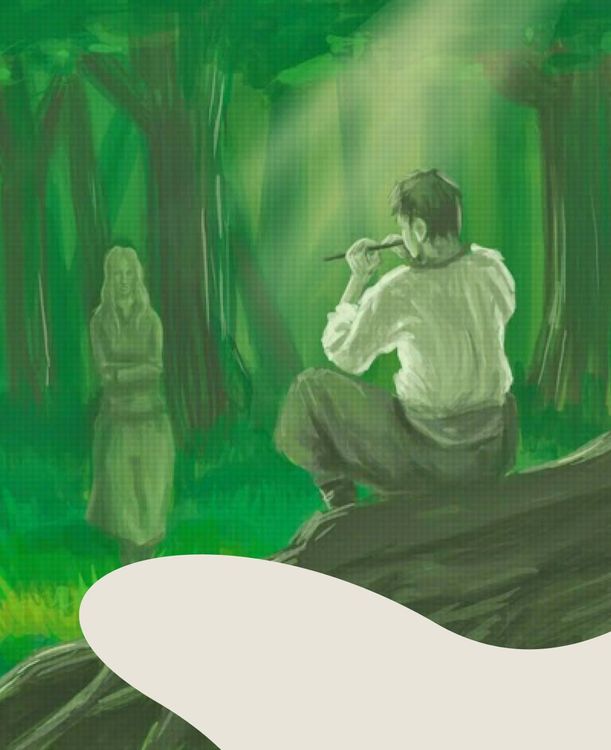“Yoi, nai bude!” (Ah, let it be!)

It is the richness of dialects that makes the Ukrainian language alive.
Fonts:
IT Extrazium (Bold)
Designer:
Patsiorky (beads), murza (meerza), bzdura (nonsense), kosovytsia (harvesting) — a lot of Ukrainians do not even know the meaning of these words. However, dialectal words like these are what makes Ukrainian so unique — it is a spirited, engaging, dynamic and diverse language. If you dig a little deeper, you will see that each dialect of Ukrainian holds an interesting and unique history of its region.
For average big city dwellers in Ukraine, most dialects are difficult to grasp, but the larger the populated territory of the country, the more dialects there are — which is why Ukrainian has so many of them. Their existence is another evidence of the rich history of the Ukrainian language and its diversity.
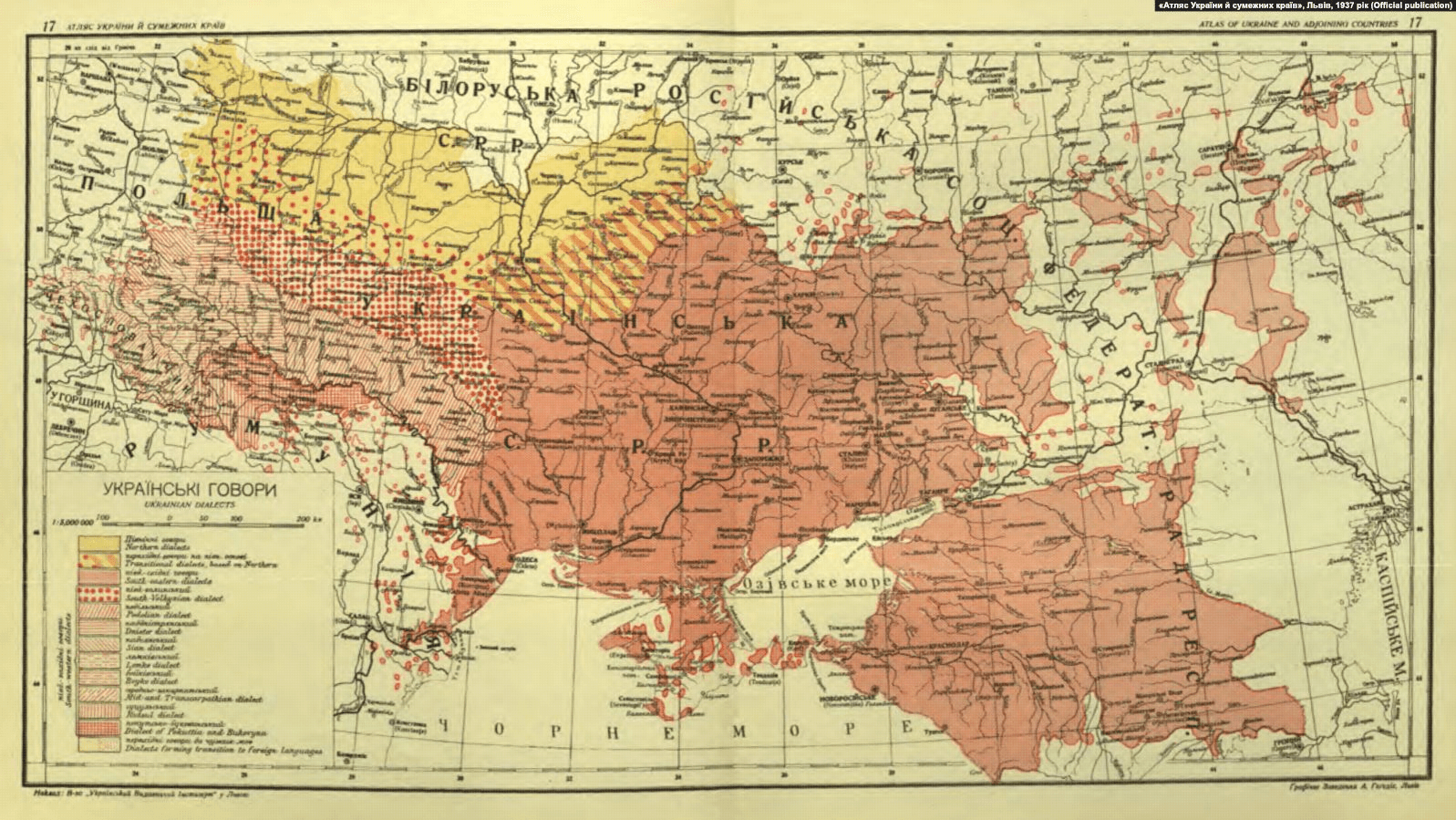
Every literary language variant was once considered a dialect. This was the case with the northern dialect spoken in Kyiv, Chernihiv and most of the Polissia region. There is a theory that the northern dialect is well preserved due to the impassable marshes that served as a natural obstacle for enemies and restrained internal migration in the past. Hence, it is not surprising that this specific dialect has a number of synonyms for a marsh: triasovyna, vokna, bochka and nestsioka.
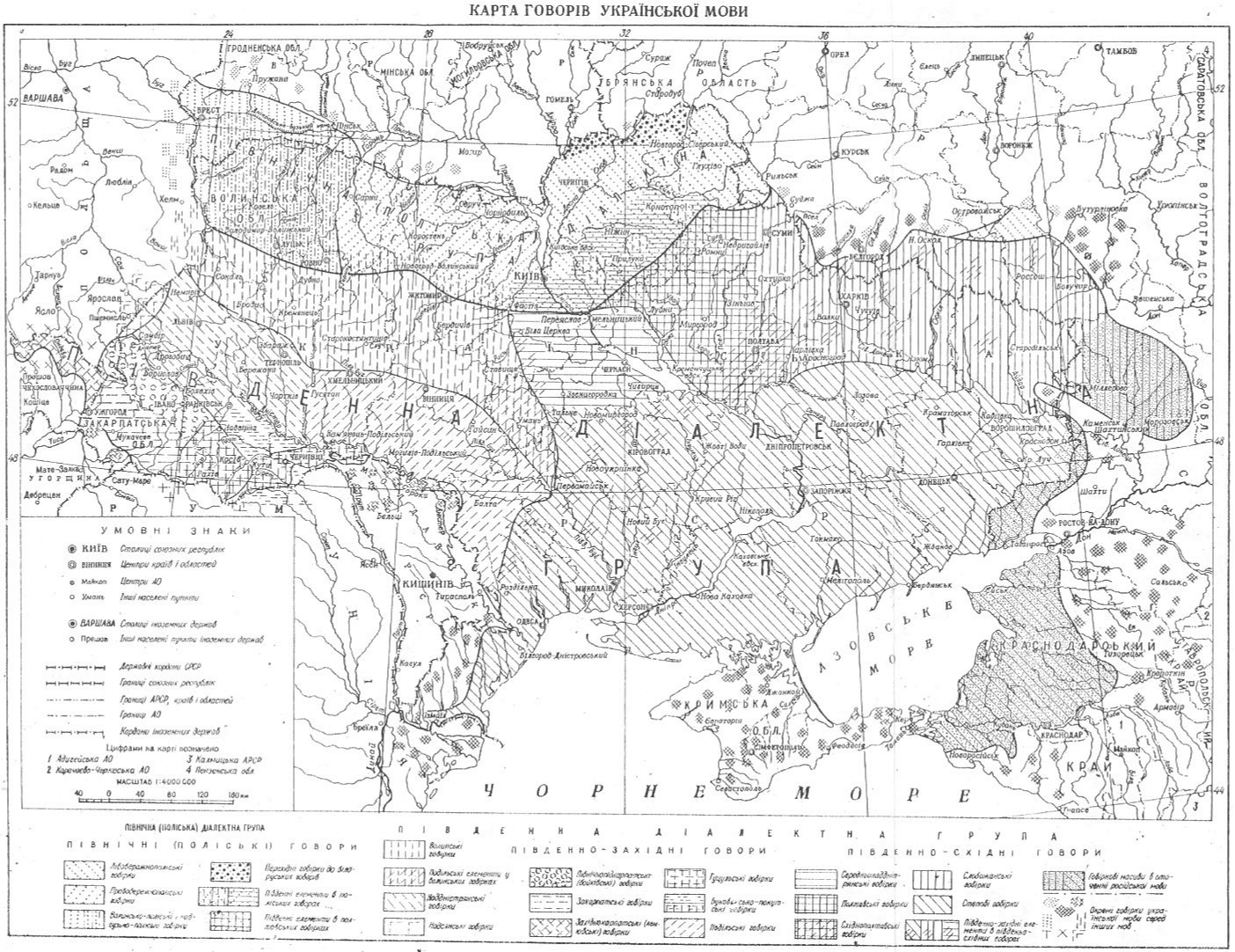
Many normal Ukrainian words take on completely unexpected forms within dialects. Let us take a look at velosyped (bicycle), for example. In central Ukraine, you might hear the variant lisapet, which has become a bottomless source of memes. In the Transcarpathian region, some refer to this two-wheeled vehicle as bitsygli. In the historical region of Bukovyna, they simply say koleso (wheel), and in the Rivne district, velosyped unexpectedly turns into rover.
Centuries of Russian oppression, linguicide and Russification aimed to eradicate the idea of independent Ukrainian language, as well as unique and distinct Ukrainian culture. However, Ukraine has survived, as so has the Ukrainian language — and its dialects are testimonies of its long history, richness and diversity.
To preserve and study those dialects means to contribute to the Ukrainian national heritage and protect the Ukrainian culture, which to this day is fighting for its right to exist.
Fonts:
IT Extrazium (Bold)
Next letter and event

“Yoi, nai bude!” (Ah, let it be!)
this project
in social
“Shchedryk” (The Little Swallow)

Peresopnytske Yevanheliie (The Peresopnytsia Gospel)

Chornobyl Disaster

Georgiy Gongadze

“Smilyvi zavzhdy maiut shchastia” (“The brave always have happiness”)


Falz-Fein and his “Askania Nova”

Crimean Tatars, Karaites and Krymchaks (qırımlılar, qaraylar)

Ivan Franko

“Yak umru to pokhovaite...” (When I am dead, bury me...)

“Plyve kacha po Tysyni...” (“Swims the duckling, on the Tysa...”)

Zaporizka Sich (The Zaporizhian Host)

Antonov AN-225 Mriya ("The Dream")
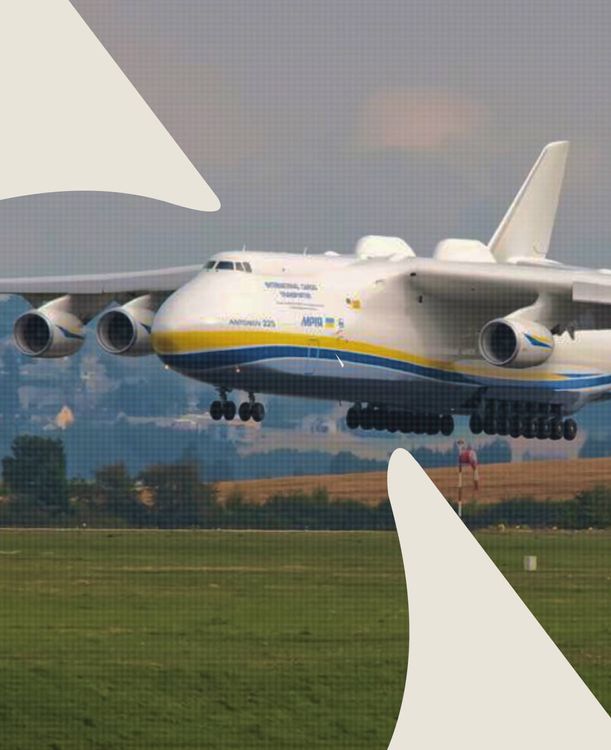
Yrii (/'irij/: iriy), yndyk (/in'dik/: turkey) and yrod (/'irod/: Herod)

Budynok “Slovo” (The Slovo Building, or "The Word")
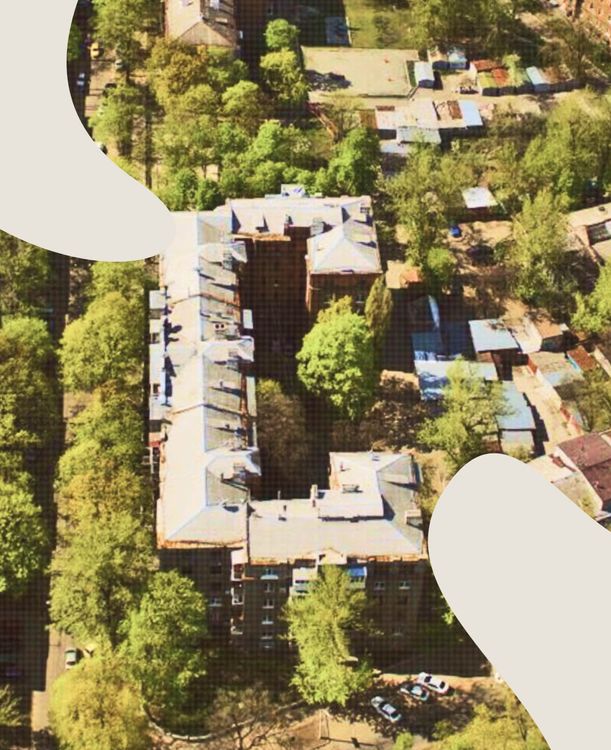
“Yoi, nai bude!” (Ah, let it be!)

Creative & Tech Online Institute
Медіа про дизайн, креатив і тех індустрії

Ukrainski sichovi striltsi (The Ukrainian Sich Riflemen, or the USS)

Chornobyl Disaster

“Yak umru to pokhovaite...” (When I am dead, bury me...)

Yizhak protytankovyi (Czech hedgehog)

Ivan Franko

Holodomor

“Shchedryk” (The Little Swallow)


Aeneid by Ivan Kotliarevsky
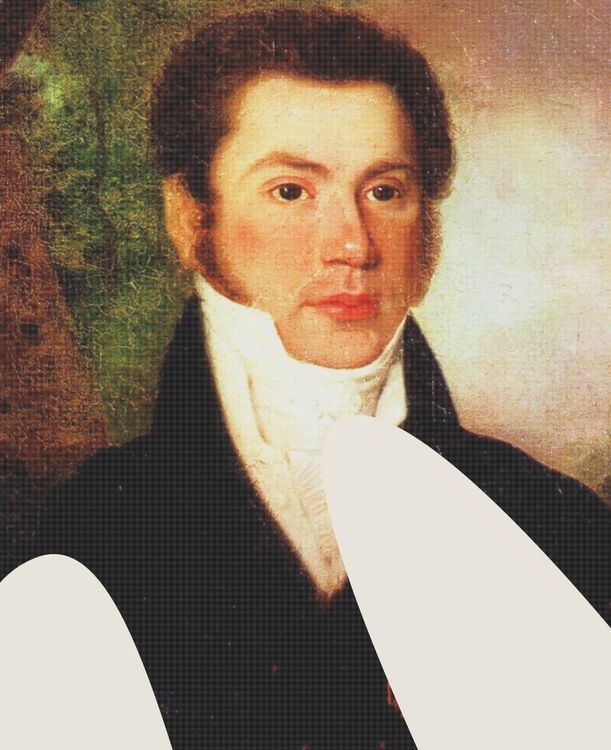

Falz-Fein and his “Askania Nova”


Shliakh iz variah u hreky (Route from the Varangians to the Greeks)

Peresopnytske Yevanheliie (The Peresopnytsia Gospel)

Antonov AN-225 Mriya ("The Dream")

Budynok “Slovo” (The Slovo Building, or "The Word")


Danylo Halytskyi

Crimean Tatars, Karaites and Krymchaks (qırımlılar, qaraylar)




